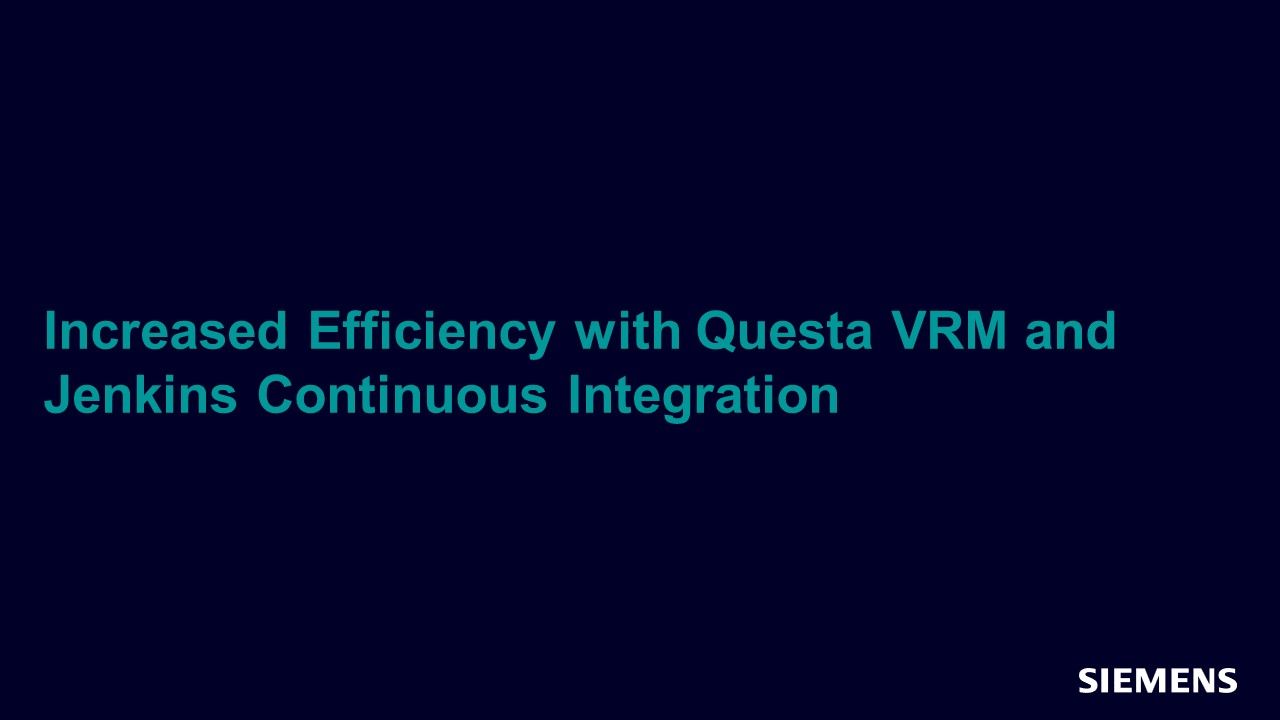Increased Efficiency with Questa VRM and Jenkins Continuous Integration
For all the incredible technological advances to date, no one has found a way to generate additional time. Consequently, there never seems to be enough of it. Since time cannot be created, it is utterly important to ensure that it is spent as wisely as possible.

Full-access members only
Register your account to view Increased Efficiency with Questa VRM and Jenkins Continuous Integration
Full-access members gain access to our free tools and training, including our full library of articles, recorded sessions, seminars, papers, learning tracks, in-depth verification cookbooks, and more.